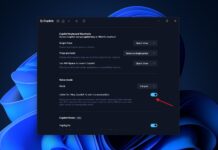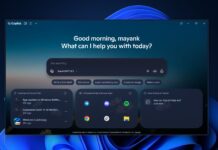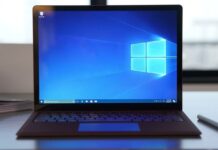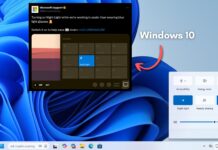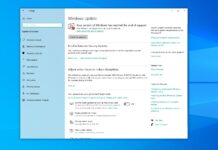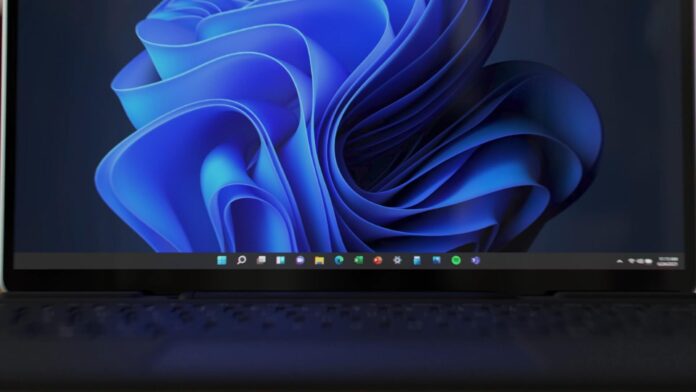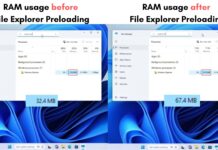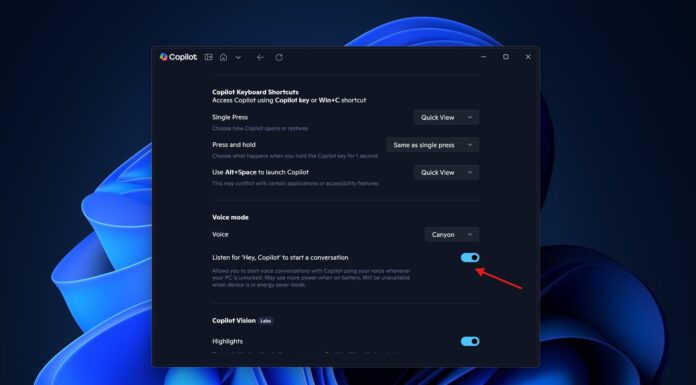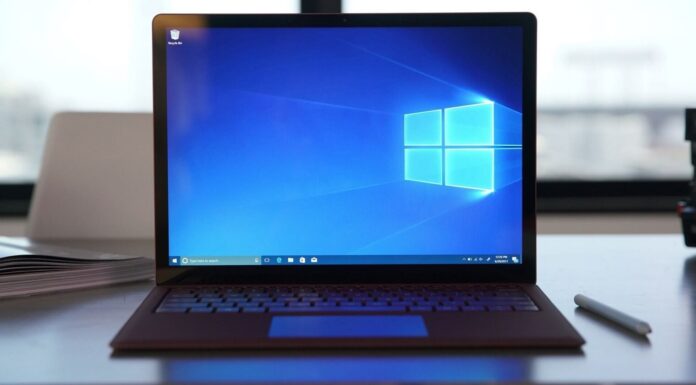With Windows 11 24H2, Microsoft has finally tightened requirements for USB-C ports on new PCs, so you get fast charging and the best of “USB-C” ports, just like a MacBook.
Before Windows 11 24H2, OEMs could skip adding features like “Full Power Delivery” or “DisplayPort Alt Mode.” If the “Full Power Delivery” is not being packed into a new PC that you purchase, it may not charge as fast, even with a USB-C port.
The port would still look and work like a USB-C, but it won’t deliver the best of it, so such laptops would charge slowly. You’d need to be careful when you’re buying one of the Windows PCs.
For example, a PC with a USB-C port that truly follows Microsoft’s recommendation (“Full Power Delivery” or “DisplayPort Alt Mode”) is typically labelled “USB 40 Gbps”/“USB 80 Gbps” or bears the Thunderbolt™ icon.
Of course, that’s something most consumers would often overlook and be happy with their purchase because at the end of the day, a USB-C port is a port and looks the same regardless of these specifications.
Windows 11 24H2 certified PCs take care of the USB-C ports, deliver the “best”
According to a new support document spotted by Windows Latest, Microsoft has finally made it mandatory for new Windows 11 24H2 WHCP-certified PCs to use “Full Power Delivery” or “DisplayPort Alt Mode,” or they’ll not get certified by Microsoft.
What is a WHCP-certified PC?
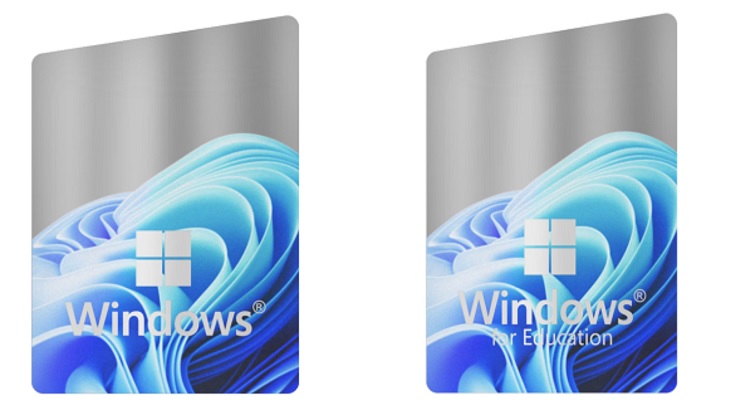
Microsoft also requires that the USB-C controller use USB-IF–certified silicon and run on built-in Windows USB drivers. Unlike other drivers, these drivers can be directly updated from Windows Update.
Here’s a table that explains everything:
| Windows 11 24H2 mandatory requirement | How it leads to a better PC experience |
|---|---|
| USB-IF Certified Silicon | Uses chips tested for reliable USB connections |
| Power Delivery | Supports fast charging at higher voltages and currents |
| DisplayPort Alt Mode | Can drive external monitors over USB-C |
| Microsoft Driver Stack | Uses built-in Windows USB drivers for updates and security |
| Full 40 Gbps or 80 Gbps Bandwidth | Delivers the advertised data speeds on every port |
| PCIe Tunneling | Allows external GPUs or NVMe drives to work seamlessly |
| Thunderbolt Compatibility | Works with Thunderbolt 3/4 devices and docks |
| 4K Monitor Support | Can run up to two 4K displays at 60 Hz |
Previously, all these features were optional, so while some OEMS complied with the “recommendations,” others did not, and consumers received USB-C port PCs that never lived up to expectations.
Microsoft also confirmed that WHCP-compliant USB-C ports are required to supply enough power (4.5 W or 7.5 W) to run accessories and at least one display on USB 3 (up to 20 Gbps).
On the other hand, USB 4 ports (40 Gbps or 80 Gbps) are required to deliver at least 15 W (7.5 W on tablets), drive two 4K/60 Hz monitors, and support PCIe tunneling and Thunderbolt 3 so that high-speed docks and external GPUs work without a hitch.

